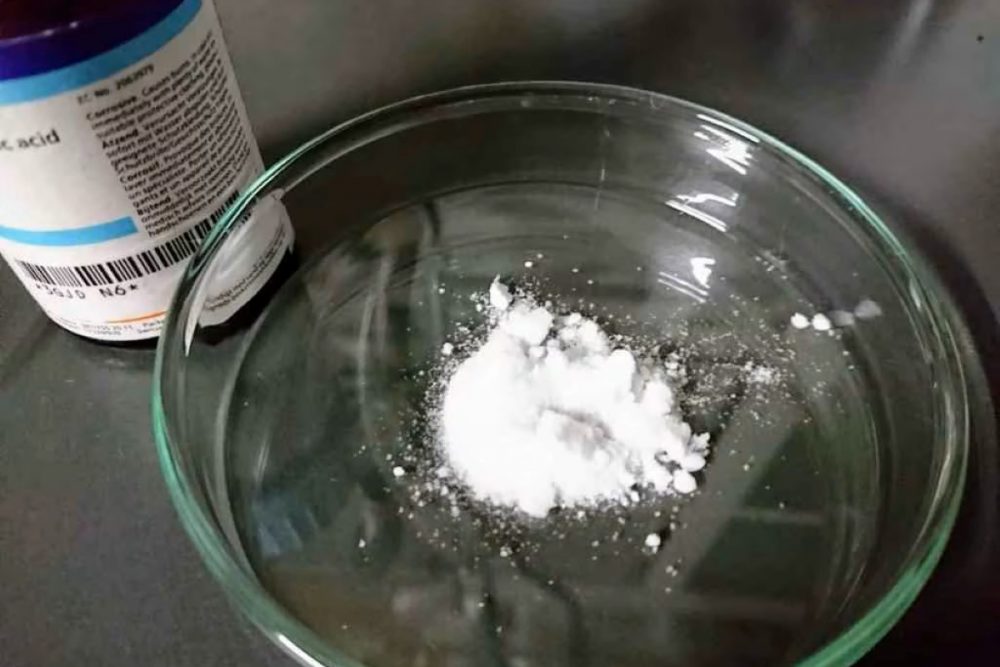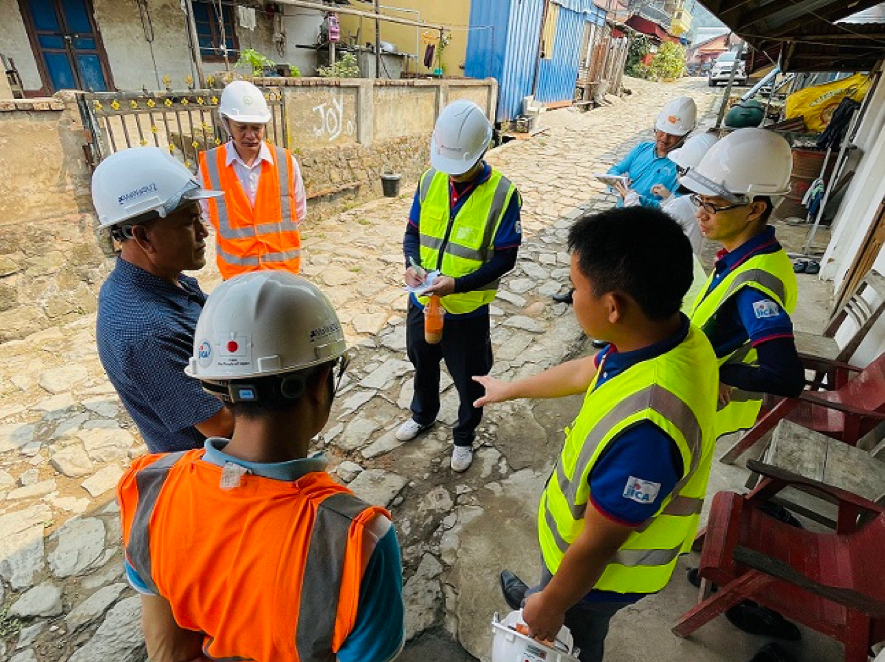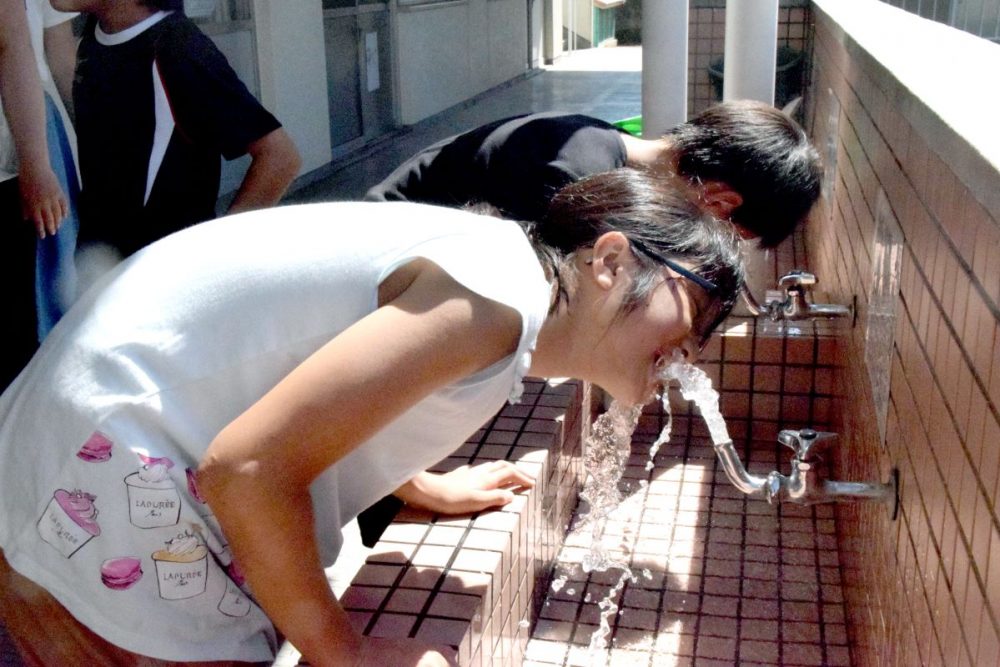TEPCO Makes Progress Toward Fukushima Daiichi Decommissioning
TEPCO has discharged the first of 7 ALPS treated water releases for FY 2025 (about 54,000 tons) as the Fukushima Daiichi Power Station decommissioning proceeds.

このページを 日本語 で読む
On April 10, Tokyo Electric Power Company Holdings (TEPCO) began the 12th round of ALPS treated water discharges from the Fukushima Daiichi Nuclear Power Station. This was the first of seven planned discharges in Fiscal Year 2025.
As the discharge continues, tanks no longer needed will be dismantled in phases. The cleared space will be repurposed for building new facilities essential to the decommissioning process.
ALPS treated water refers to water that has come into contact with radioactive materials inside the Fukushima Daiichi reactor buildings and then been treated to remove impurities that make it unsafe. In the immediate aftermath of the nuclear accident, roughly 500 cubic meters of contaminated water were generated each day. This was primarily due to rainwater and groundwater mixing with water that had come into contact with molten nuclear fuel (fuel debris). By FY2023, that figure had decreased to 80 cubic meters per day.
All of the contaminated water is collected and then steadily purified through the Advanced Liquid Processing System (ALPS) to meet safety standards set by regulators. Radioactive materials, except tritium, an element commonly present in nature, are removed.
Discharge operations began in August 2023. Around 86,000 tons of ALPS treated water had been released into the ocean as of the end of March 2025. TEPCO plans to discharge approximately 54,600 tons over seven rounds in FY 2025.
Second Trial Retrieval of Fuel Debris Completed
Also at Fukushima Daiichi, TEPCO began its second trial retrieval of fuel debris from Unit 2 of the nuclear power plant on April 15 and completed it on April 23.
The debris was formed when radioactive fuel in the reactor could no longer be cooled during the 2011 accident caused by the Great East Japan Earthquake. It refers to a solidified mixture of molten nuclear fuel and structural materials from the reactor.
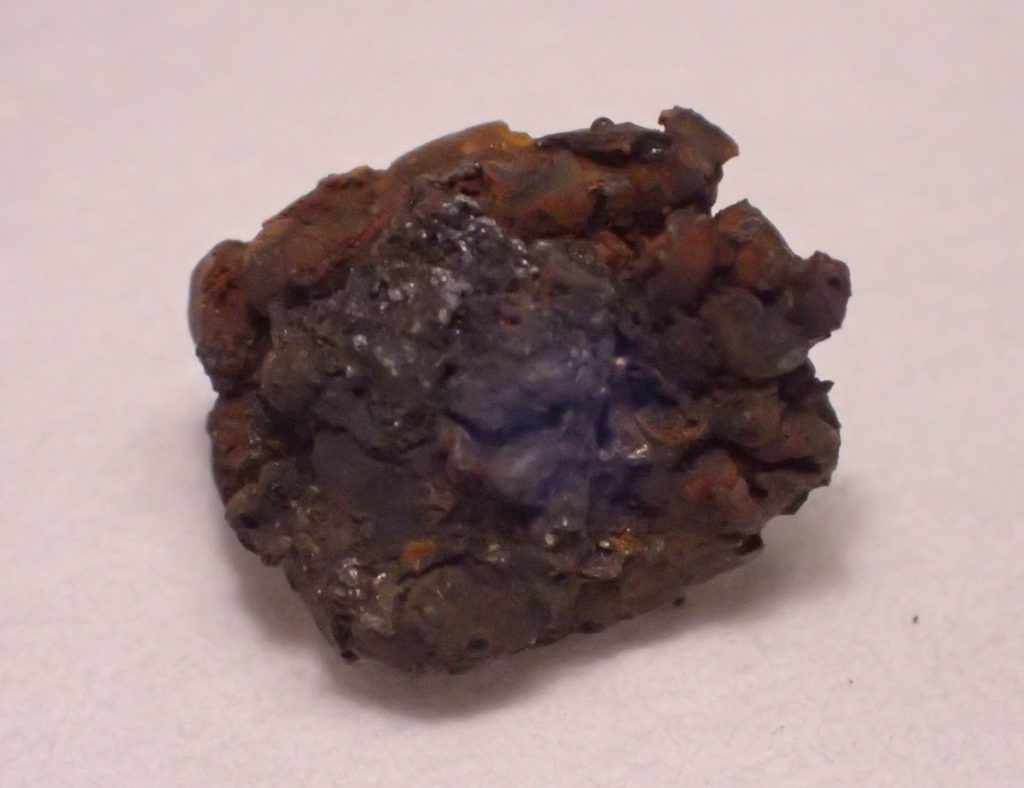
The first retrieval was completed in November 2024. This second attempt targeted a location one to two meters closer to the center of the primary containment vessel. A specially designed telescopic device — capable of precision movements and navigating tight spaces — was used for the operation. Debris retrieved from the operation will be examined at the JAEA's Advanced Science Research Facility in Ibaraki prefecture.
The Japanese government and TEPCO aim to remove all remaining fuel debris and complete the decommissioning process by 2051.
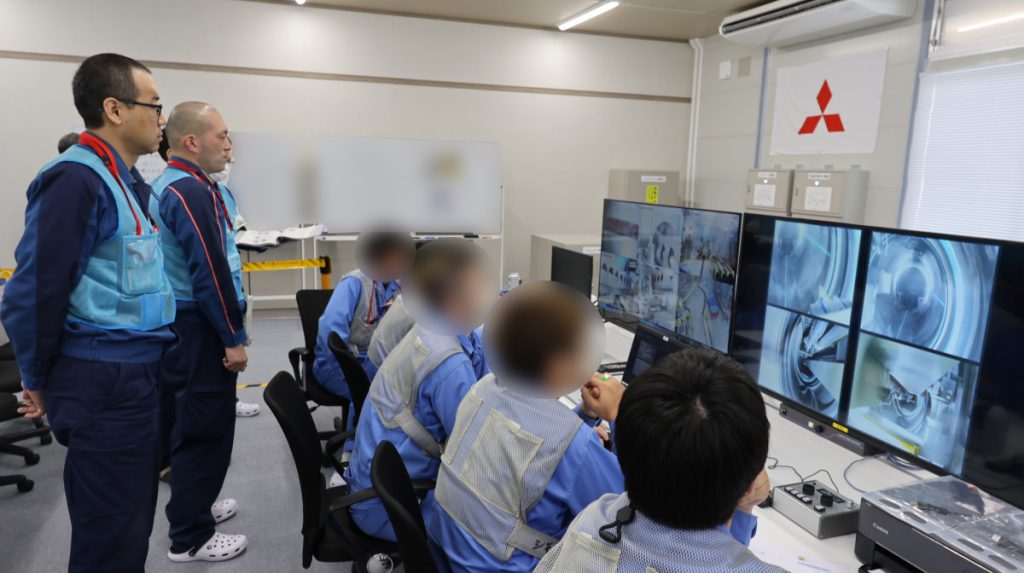
ALPS Treated Water Meets Safety Standards
In seawater near the ALPS treated water discharge outlet, the highest tritium concentration detected was 56 becquerels per liter. This is based on a rapid measurement conducted in March 2025.
The level is well below TEPCO’s suspension threshold of 700 becquerels per liter, which applies to readings taken within three kilometers of the plant. It is also far lower than the World Health Organization (WHO) guideline for drinking water, which sets the upper limit at 10,000 becquerels per liter.
On April 7, the China National Nuclear Corporation released findings from seawater and marine life samples collected near the plant in February. The samples, analyzed by Chinese research institutions, showed no irregularities in tritium levels or other radioactive substances.
China imposed a blanket ban on Japanese marine products when the ALPS treated water discharge began. It has since announced that imports meeting safety standards will gradually resume. However, it has not said when.
RELATED:
- Fukushima Debris Removal: A Tiny Step With Big Implications
- China to Gradually Ease Seafood Embargo After Reaching New Deal with Japan, IAEA
- Nuclear Debris Capture Ushers In Hardest Part of Decommissioning
Author: Hidemitsu Kaito
このページを 日本語 で読む






